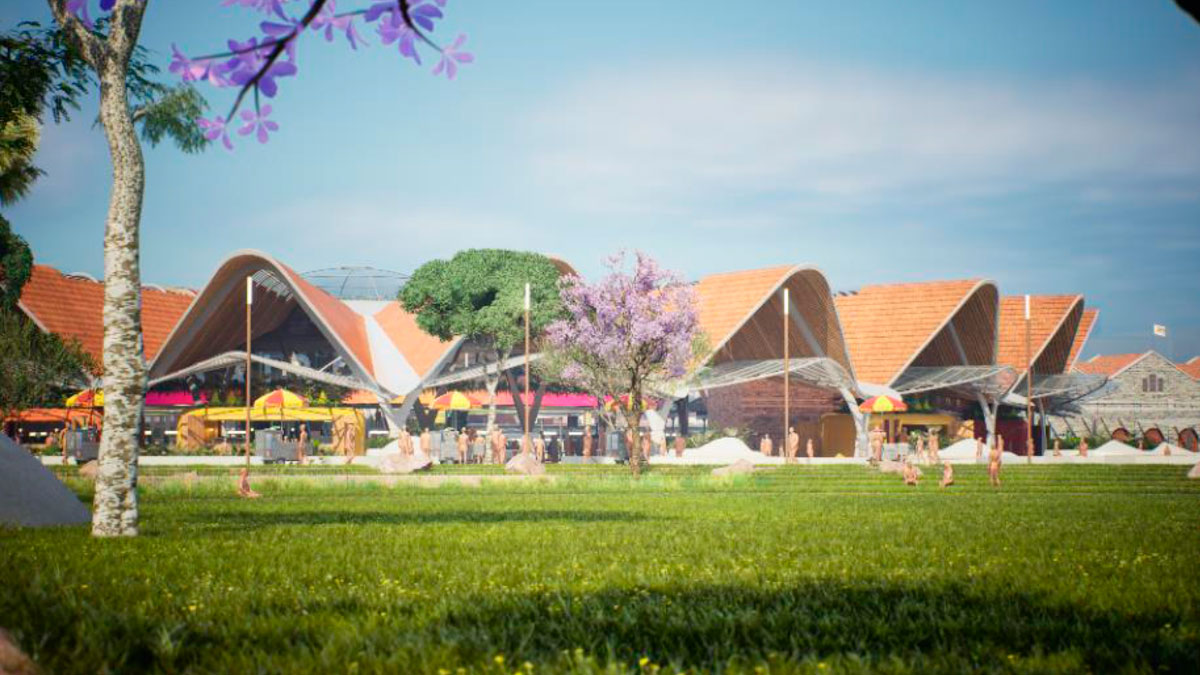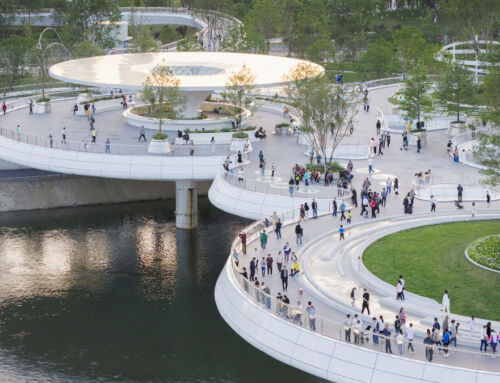Although its conception dates back to previous urban development plans, the project we are about to discuss has its roots in strategic discussions initiated during the UK-Kenya Investment Summit held in London on January 20th 2020. Then-Kenyan President Uhuru Kenyatta and British Prime Minister Boris Johnson agreed to cooperate on the urban development of Nairobi. The first project to receive funding from the British government was precisely the urban development project in the heart of Kenya’s capital: Nairobi Railway City.
Since then, the UK government has funded a team of urban development experts who provide technical advice to the relevant Kenyan government agencies. Master plan review, land acquisition, priority identification, feasibility study, as well as detailed design, project engineering, and associated costing, are some of the processes carried out under its umbrella.
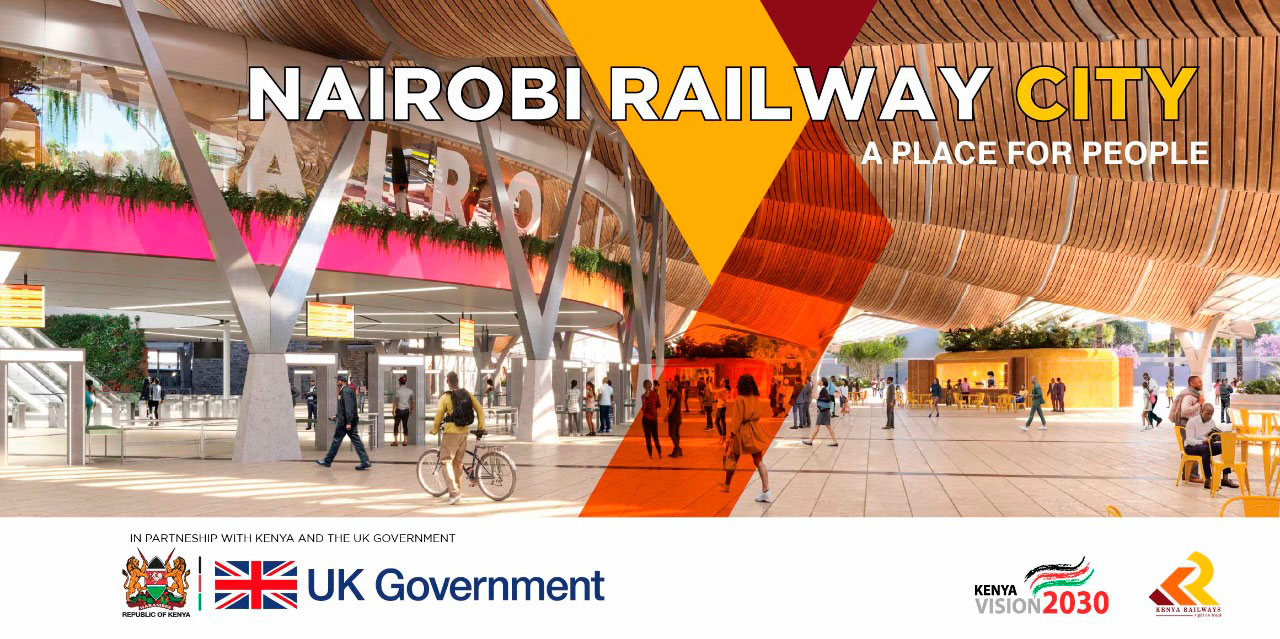
The Nairobi Railway City development includes a new multimodal central station along with commercial and residential developments, in a nearly 172-hectare extension of the city centre. Its design aims to combine and integrate various modes of transport, including the existing rail system, new Bus Rapid Transit (BRT) lines, a public transport system based on articulated buses, informal terminals for the popular matatus, those unusual and ornately decorated minibuses that carry 70% of the population, and, finally, a series of improved pedestrian corridors.
The pivotal point of the Nairobi Railway City project is a new central station, designed to handle an estimated flow of 30,000 passengers during peak hours. With a planned area of 4,000 square meters, this transport hub will incorporate the existing historic station building, although it also includes future expansions to the southern sector.
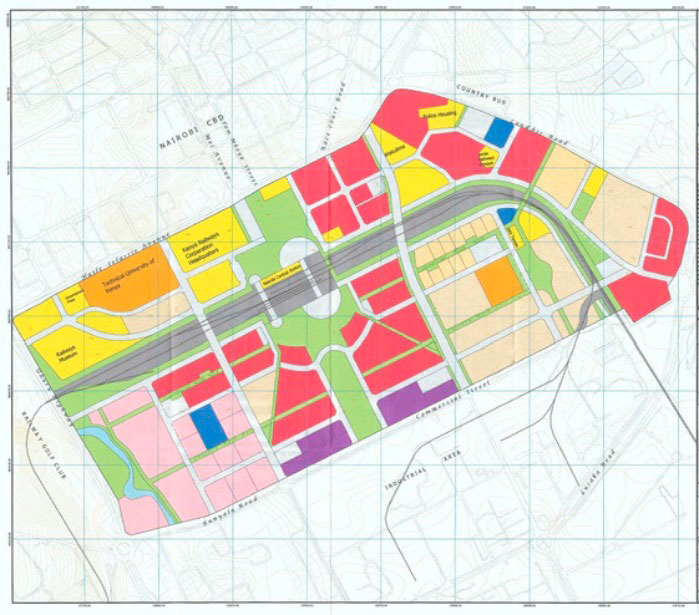
The financial aspect of the project rests on an agreement signed in June 2022 between the governments of Kenya and the United Kingdom. This memorandum of understanding enables potential financing of up to €1.75 billion through the UK Export Finance facility. However, questions remain regarding the specific disbursement timeframe and the effective participation of British companies in the construction phase.
The project is not without significant challenges. One of the most sensitive is the necessary relocation of traders and informal transport operators currently occupying the land designated for development. Previous experience with similar projects has shown that such relocations can generate social tensions, if not addressed with sufficient transparency and the participation of those affected.
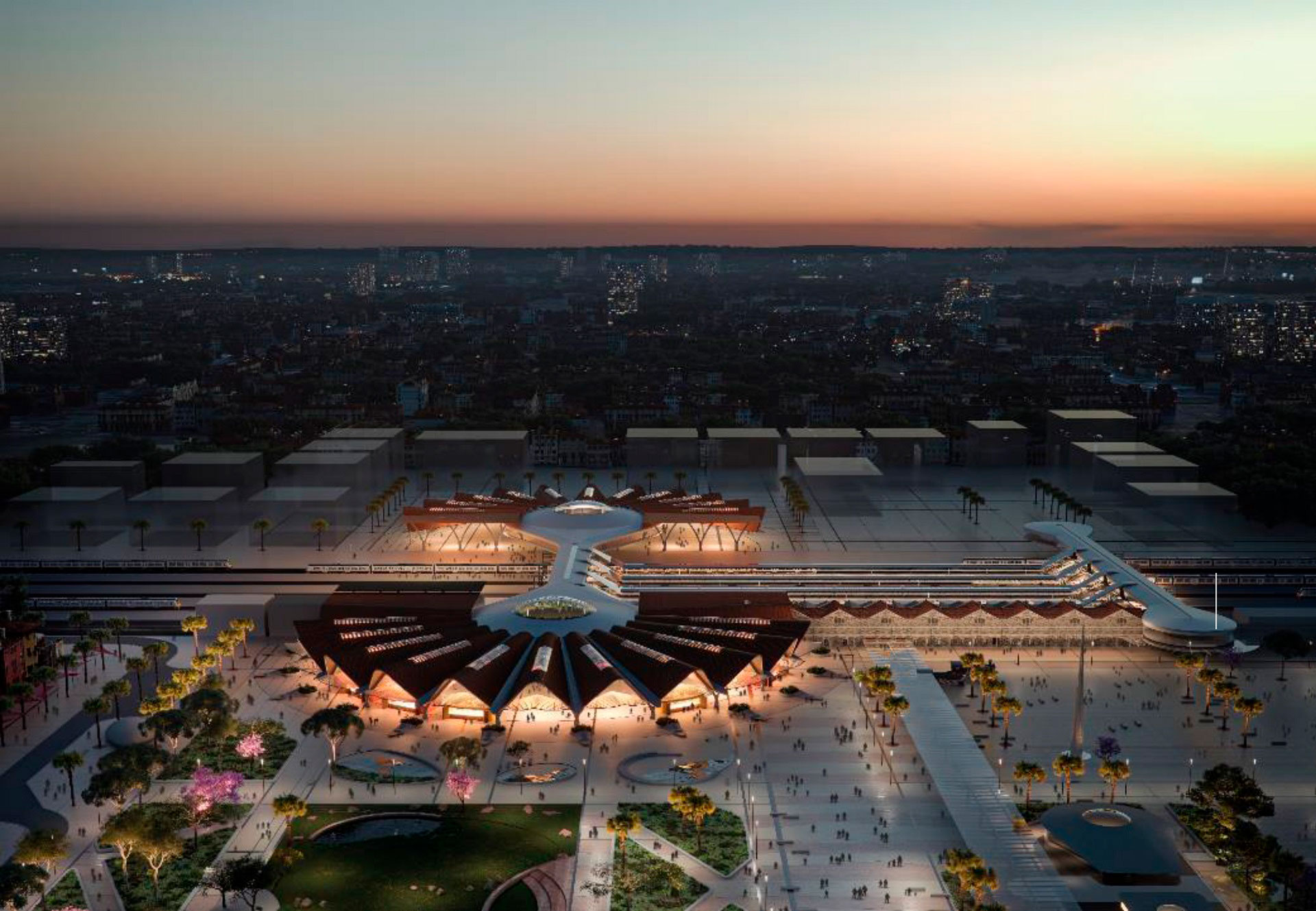
Regarding benefits, the authorities predict the creation of approximately 5,000 direct jobs during the construction phase, with another 5,000 additional positions once the first operational phase is completed. However, urban development specialists have pointed out that the shortage of skilled labour could become a limiting factor in achieving these employment expectations.
Although mentioned as a priority in official documents, the project’s environmental sustainability currently lacks independent assessments that would allow verification of its true environmental impact. This lack of transparency has been pointed out by civil society organizations, which are demanding greater access to detailed information on the project’s environmental and financial aspects.
Be that as it may, given its status as a “project of Strategic National Importance,” Nairobi Railway City continues its institutional development, despite the change of government that occurred in 2022. Its long-term viability will critically depend on the ability to reconcile the various interests at stake, from informal transport operators, to private investors and affected residents.
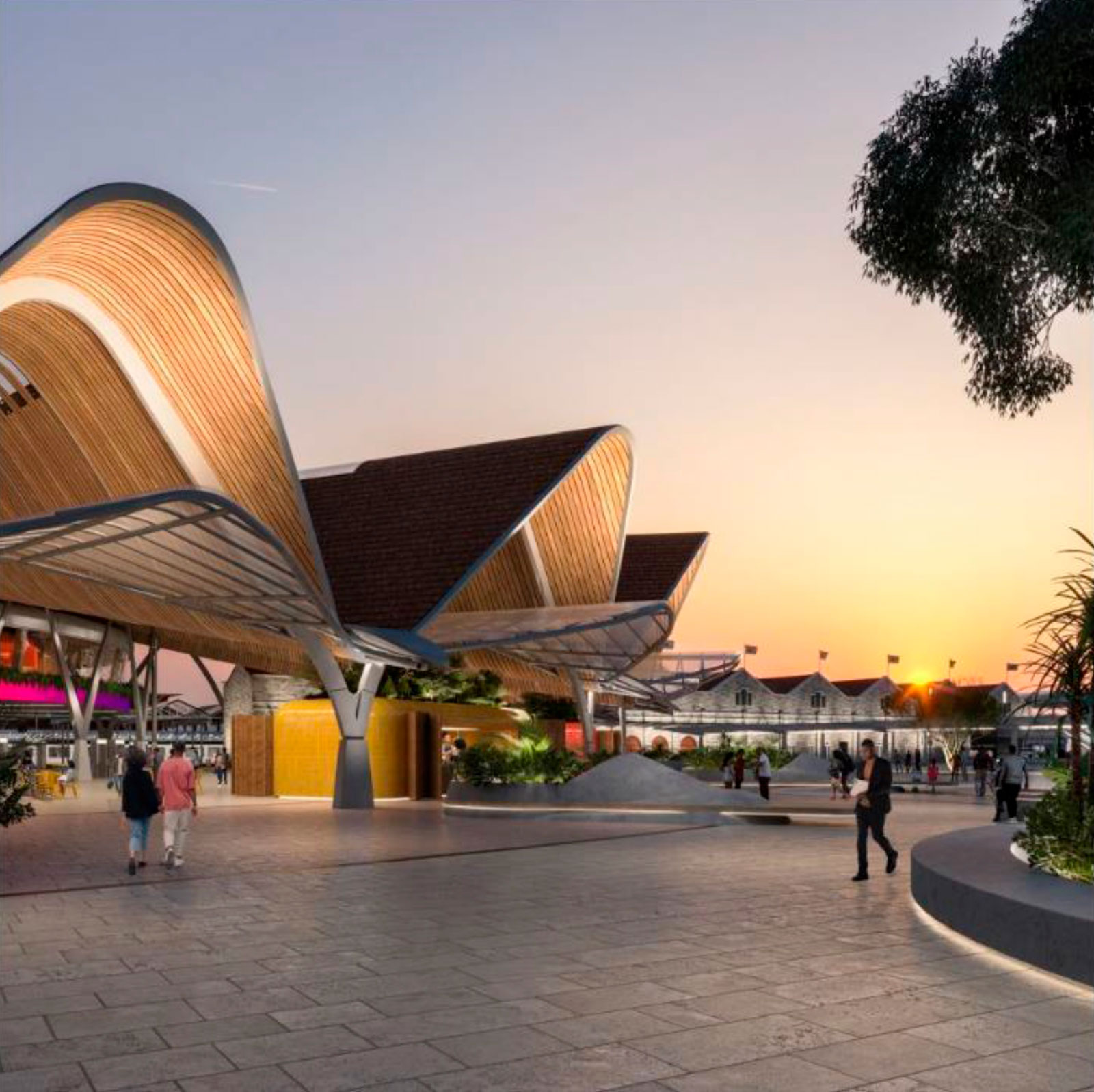
The new central station, with an architectural design that captures elements of Kenyan cultural heritage, nevertheless incorporates modern functionalities. The pedestrian plazas and recreational areas planned around the project’s central hub will likely create spaces conducive to the development of cultural and commercial activities for both residents and visitors. Furthermore, the renewal of the urban fabric in the heart of Nairobi, represented by Nairobi Railway City, will undoubtedly enhance the urban tourism experience, with a more organized and accessible environment for those exploring the city.
In the area of business tourism, the creation of new business and government districts within the framework of the project could have a catalytic effect. The combination of modern infrastructure, improved accessibility, and proximity to the traditional financial centre positions Nairobi Railway City as an attractive hub for international conventions and events, complementing the existing hotel offerings in nearby areas. In this way, it will contribute to diversifying the profile of visitors arriving in the Kenyan capital. All of this, of course, if it is finally completed by 2030, as planned.
Sources: Nairobi Railway City, Nairobi Railway City Briefing, Railway Technology.
Images: Nairobi Railway City.


